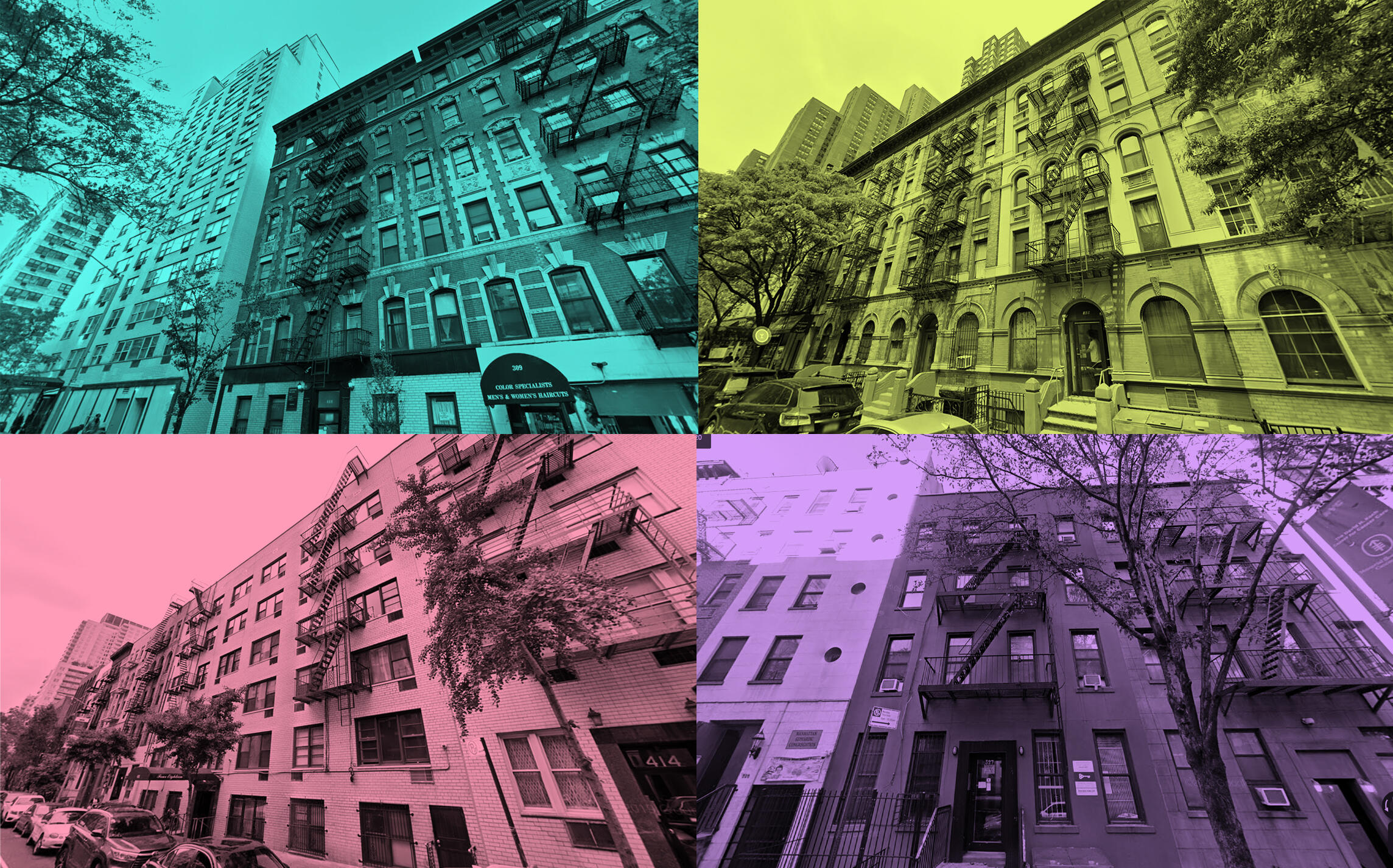 Loan surge at NYCB points to recovery of multifamily market
Loan surge at NYCB points to recovery of multifamily market
Trending
Vacant, rent-stabilized UES portfolio fetches $61M, offers substantial upside
Rent law loophole offers fleeting opportunity to set market-rate first rents

One company’s unwinding is another’s chance to spin up.
On the last day of June, 12 multifamily properties clustered between East 75th and East 77th streets on the Upper East Side sold for $61 million — 25 percent above the auction’s starting bid.
The seller was Capmar Realty, a multi-generational firm that bought the buildings in the mid-1970s and whose heirs had been embroiled in litigation over who owns what for nearly a decade.
In 2017, the family sued to dissolve the company, only to file a withdrawal this Tuesday.
The sale that came out of those squabbles offers a choice opportunity for a buyer with the capital to bring in what Avison Young — the firm that brokered the deal — estimated could be more than $1.8 million in additional profits. Avison Young declined to provide the buyer’s name and Capmar did not return a request for comment.
The key to that upside is the buildings’ makeup. Of the 261 residential units included, nearly half are vacant and one-third are rent-regulated.
After the 2019 rent law put the kibosh on vacancy decontrol and meaningful rent hikes after improvements, the value of stabilized units took a hit. A July report by the Furman Center shows the trend: The average sale price for regulated buildings dropped by $90 per square foot after the law passed. Prices for buildings with any market-rate units have recovered somewhat since.
But within the new rent law, an avenue for rent hikes still exists.
Read more
 Loan surge at NYCB points to recovery of multifamily market
Loan surge at NYCB points to recovery of multifamily market
Owners are still permitted to combine stabilized units, then set a new “first rent” at market rate. Avison Young noted in its marketing materials that many of those units could accommodate an additional bedroom. The many vacant market-rate units can also be fixed up or expanded, allowing the new owners to then charge more for rent.
To make the most of the stabilized units, though, the new owner might have to act fast.
A bill introduced by state Sen. Brian Kavanagh in June would effectively plug that loophole in the rent laws, capping the rent of a combined apartment at the sum of the separate units’ rents.
Rent-stabilization attorney Michelle Maratoto Itkowitz said she has heard that the bill could pass as early as January, when the new session begins.
If the buyer can pull off renovations before the law is passed, the favorable market for multifamily could also push rent rolls higher.
The city’s rents have recovered as demand has snapped back. In August, the rental listing site Zumper estimated the median rent for a one-bedroom in the city was within $40 of the average asking price in March 2020. That’s after falling more than 17 percent at the beginning of this year.
And analysts expect the trend to continue, albeit at a slower rate, offering a long-term play for multifamily buyers.
As a result, investors who sat back from acquisitions throughout the pandemic are beginning to dip back in.
Gaia Real Estate recently secured its first purchase since the pandemic with a three-building buy in the East Village. The units cater to the returning cohort of young professionals and students. And New York Community Bank, the city’s largest multifamily lender, reported a 42 percent jump in loan originations for multifamily — signaling interest to come.




